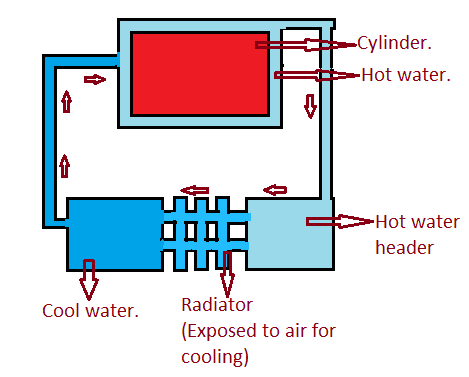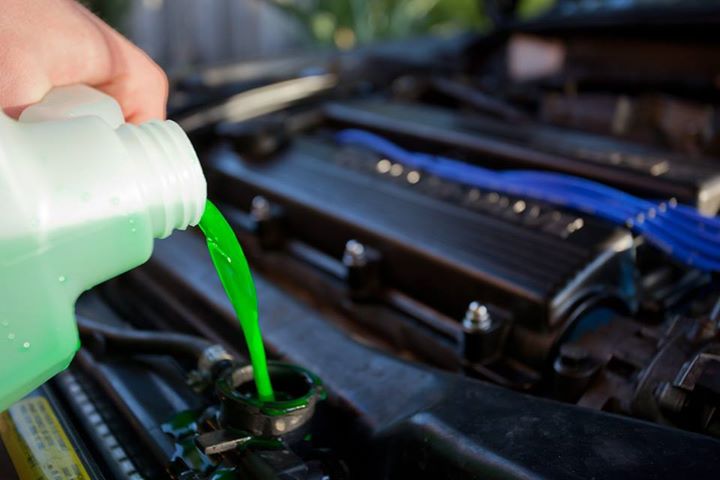Injectors and nozzles are both components of a fuel injection system, but they have different functions and designs.
An injector is a device that is responsible for delivering fuel to the engine in a controlled manner. It typically consists of an electric or mechanical actuator, and a valve that can be opened and closed to control the flow of fuel. Injectors are typically located in the engine’s cylinder head and are responsible for controlling the amount of fuel that is delivered to the engine, as well as the timing of fuel delivery.
A nozzle, on the other hand, is a device that is responsible for breaking the fuel into small droplets before it is injected into the engine. It is typically located at the end of the injector and is designed to atomize the fuel and create a specific spray pattern. The nozzle tip can be designed in different ways to achieve different spray patterns, such as single or multi-hole, cone-shaped or fan-shaped. The design of the nozzle tip also affects the droplet size, spray pattern and amount of fuel delivered, which in turn affects the combustion efficiency, engine performance and emissions.
In summary, an injector controls the amount and timing of fuel delivery, while a nozzle atomizes the fuel and creates a specific spray pattern. Both are important components of a fuel injection system and work together to deliver fuel to the engine in the most efficient and effective way possible.


